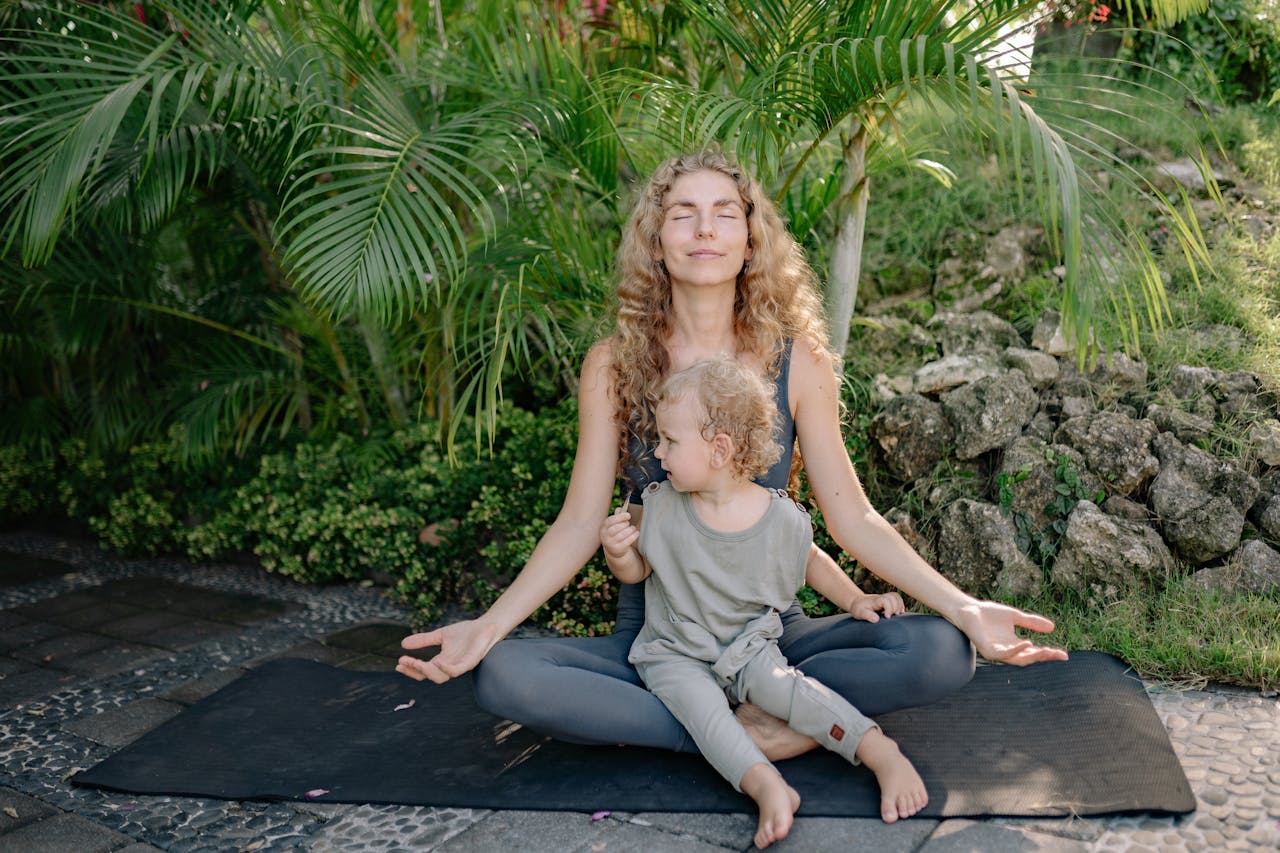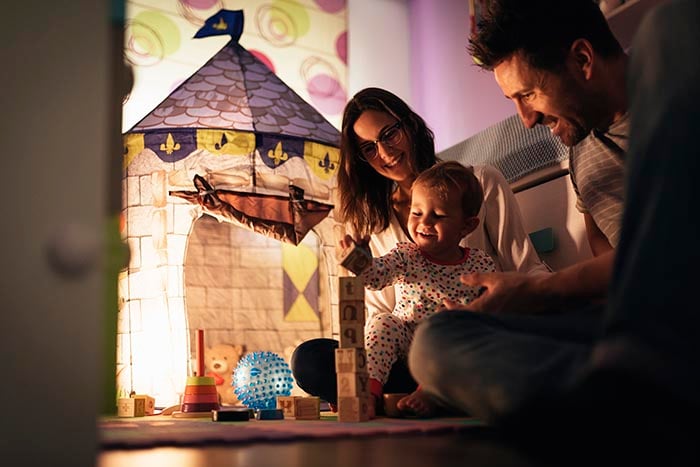4
Mindful Parenting
Last Updated: November 4, 2024

Table of Contents
If you are trying to become a more active parent and be more involved in your child's development and wellbeing, then you should definitely read this!
Key Takeaways
- Practice mindful parenting by being aware of your own emotions and taking a deep breath during stressful moments.
- Address your child's behavior with patience, focusing on emotional awareness and self-compassion.
- Mindfulness helps manage parental stress and reduces own stress for a calmer home environment.
- Mindfulness techniques enhance emotional regulation and support positive parenting.
- The parent-child relationship improves as parents become more mindful and attuned to their child's needs.
- Benefits of mindful parenting extend to improved child development and a balanced emotional state.
Learn How to Become an Active and Mindful Parent
You might have heard the term “active parenting” in the past in the conversations about children’s upbringing. But what does active parenting stand for? While it might seem that being an active parent stands for doting on your children 24/7, attending to their every whim, in reality, the term implies parents who are there for their kids when they need them and pay attention to their children’s health and wellbeing, serving as role models in child’s eyes.
This includes their physical health and their mental health at the same time. Active, present, and even participating parenting is essential for a healthy, happy childhood and general well-being. Kids today are exposed to a tremendous amount of stressful situations that create negative emotions yet don’t give them the tools or practical solutions to process their own feelings. Eventually, the inability to process and digest manifests in the physical form, and it’s in the hands of parents to guide their children through what modern life is.
Without being a perfect parent (let’s be honest, such doesn’t exist), you can become the most active, present person in your child’s life. When you’re with your kids, really be there.
All of us lead busy, hectic lives. Because of this, it’s far too easy to only “half be there” when you’re with your kids sometimes. It’s a challenge to spend a lot of quality time with the children. However, with even small changes in the moments you share together, you can make a great difference in how your kids live happier lives.
For instance, you might make them lunch every day but never sit with them at the table. Or, you might play with your kids on the floor every day after work, but most of the time, you’re scrolling on your phone and get distracted every few minutes.
Try this: the next time you tell your child that you’re going to do something together (go for a walk, eat a snack, play a game), really be there1. Put down your phone, turn off the TV, and shut your computer. Dedicate your full, conscious attention to them, observe, see what they try to communicate, and really stay with them.
Children, reflective as mirrors, will instantly react to your presence. Being an active parent is not just beneficial to your personal relationships with a child but to the family life as a whole.
Activate the 5 Senses
Ready for some indoor fun? There are many forms how you can set a more mindful path for your child without removing joy and fun from it.
Here are some easy mindfulness activities to activate your child’s five senses that will leave them feeling like the happy kids they are.
Smell
Here’s a fantastic drawing idea for kids.
Gather some strong-smelling items from your home (a ripe banana, some lotion — even an old shoe!), and have your kids draw what they smell.
Sight
This mindfulness practice is probably a game you’ve played before: I Spy.
“I Spy” is one of the most enjoyable activities for kids when driving or waiting in line. Simply have someone silently choose an object within everyone’s sight. Then, the other participants have to guess what it is using their observation skills and only yes/no questions.
Touch
This makes a great mindfulness activity for toddlers.
Take a paper bag, and put about ten objects inside — all of which are different sizes, shapes, and textures. They just have to be safe to touch and fit inside the bag. Now have your kids reach inside, feel the objects, and guess what they are.
Hear
Do a quick mindful minute for the hearing sense.
Have everyone get a pencil and a piece of paper. Set a timer for one minute. Now have everyone close their eyes and write down all the sounds they hear in that minute.
Taste
Mindful souls are always poets. You want to have your child take a slow, cautious bite of a food they love. Then, they are to write a short poem about their taste experience.
Mindful Parenting: Frequently Asked Questions

What is mindful parenting?
Any family activities you do where you stay in the present moment can be considered mindfulness practices. For example, eating together as a family — without phones, TVs, games, or computers at the table — can be a form of mindfulness for kids.
Mindfulness drawing ideas for kids, mindfulness worksheets, mindfulness games, and even mindful movements. Check out mindfulness blogs and mindfulness magazines for more ideas. Speaking with your children's teacher to get them to implement mindfulness in the classroom could be another option.
Mindful parenting can help your children reduce stress, solve problems with calm, practice acceptance and emotional regulation, and create peace.
What is lazy parenting?
Lazy parenting isn't what it sounds to be. It is not you being lazy as a parent but instead allowing your child the opportunity to develop self-efficacy to improve their confidence. It is all about taking a mindful approach to the situation, allowing your child to struggle and resolve things independently without your assistance. It’s about giving your child the freedom they deserve and the opportunity to develop a sense of responsibility and choice.
What are the four different styles of parenting?
Many thanks to the work of Diane Baumrind, done in the 1960s, she created a type of categorization of parenting styles, still referred to today. These four styles all have distinct names and characteristics. These are Authoritarian or disciplinarian, permissive or indulgent, uninvolved, and authoritative. We should mention that these styles are US-centric and may not be applicable across different cultures.
References
Mindfulness meditation helps fight insomnia, improves sleep - Harvard Health
Disclaimer
The contents of this article are provided for informational purposes only and are not intended to substitute for professional medical advice, diagnosis, or treatment. It is always recommended to consult with a qualified healthcare provider before making any health-related changes or if you have any questions or concerns about your health. Anahana is not liable for any errors, omissions, or consequences that may occur from using the information provided.

Dr. Darlene Buan-Basit is a highly experienced licensed Chiropractor and Pilates instructor with expertise in many techniques, including Medical Acupuncture, Traditional Chinese Medicine, and Advanced Massage Techniques.